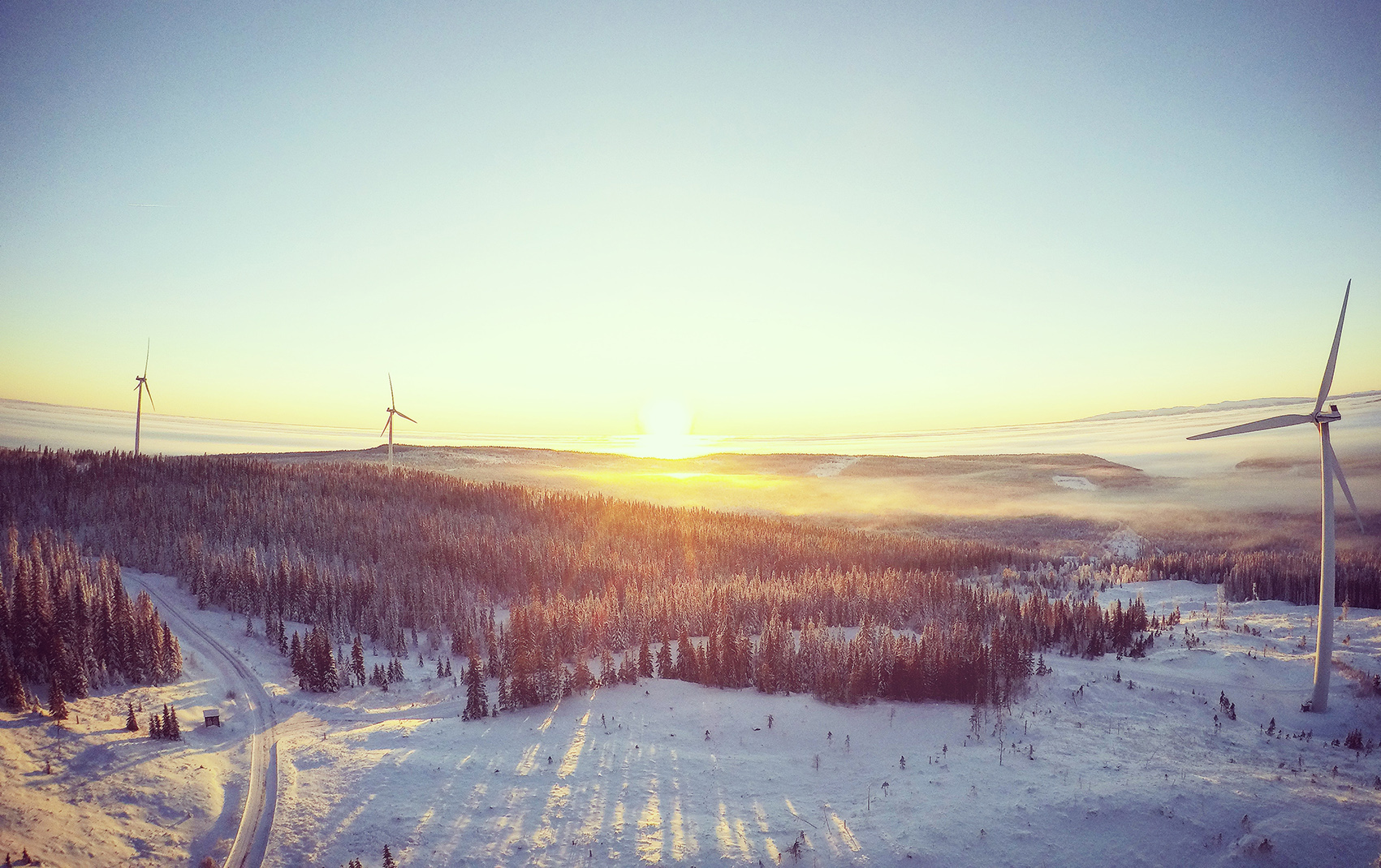The public has sometimes wondered why wind turbines generators (WTG’s) should not be built in industrial areas or along highways. In practice, Finnish legislation already directs WTG’s to be built far from residential areas. Sound guidelines that are stricter than other functions of society make the construction of wind power in industrial areas impossible in many cases, because industrial areas are usually located too close to settlements.
Due to official guidelines, WTG’s cannot be built less than 300 meters from highways, even though there is already a lot of noise in these areas and the WTG would not increase it in terms of sound levels. The sound of WTG’s must not be heard near a settlement as loud as other sounds produced by human activity – for example, road traffic.
According to a report recently published by Taloustutkimus, WTG’s also have no effect on the sale prices of residential properties in Finland, because the distance between residential properties and WTG’s is large.
The effects of wind power construction are already quite well known
In Finland, WTG’s are mainly built in forests used for forestry, where forestry itself has a major impact on the area’s biodiversity. Even so, the effects of wind power projects on nature, animals and plants – and also on people – are carefully examined during the project’s multiple permit procedures. The fact that appellate courts would process appeals faster than at present does not weaken the level of planning of wind power projects.
As the height and unit power of the WTG’s increase, the new WTG produces more than three times the amount of electricity per year compared to the WTG built ten years ago. At the same time, the newest WTG’s need longer distances between each other, which means that fewer of them can fit in the same area than previous turbines. However, more clean electricity is produced in the area than at smaller wind power plants.
Although the wind power production areas are wide, only about two percent of the entire area is removed from forestry use, while the rest of the area remains unchanged.
In terms of the future of humanity, it is essential to secure a diverse and healthy natural environment and at the same time ensure the cleanness of our energy system, as well as Finland’s energy self-sufficiency. Biodiversity will also suffer if climate change cannot be stopped. To combat climate change, Finland needs wind power.

